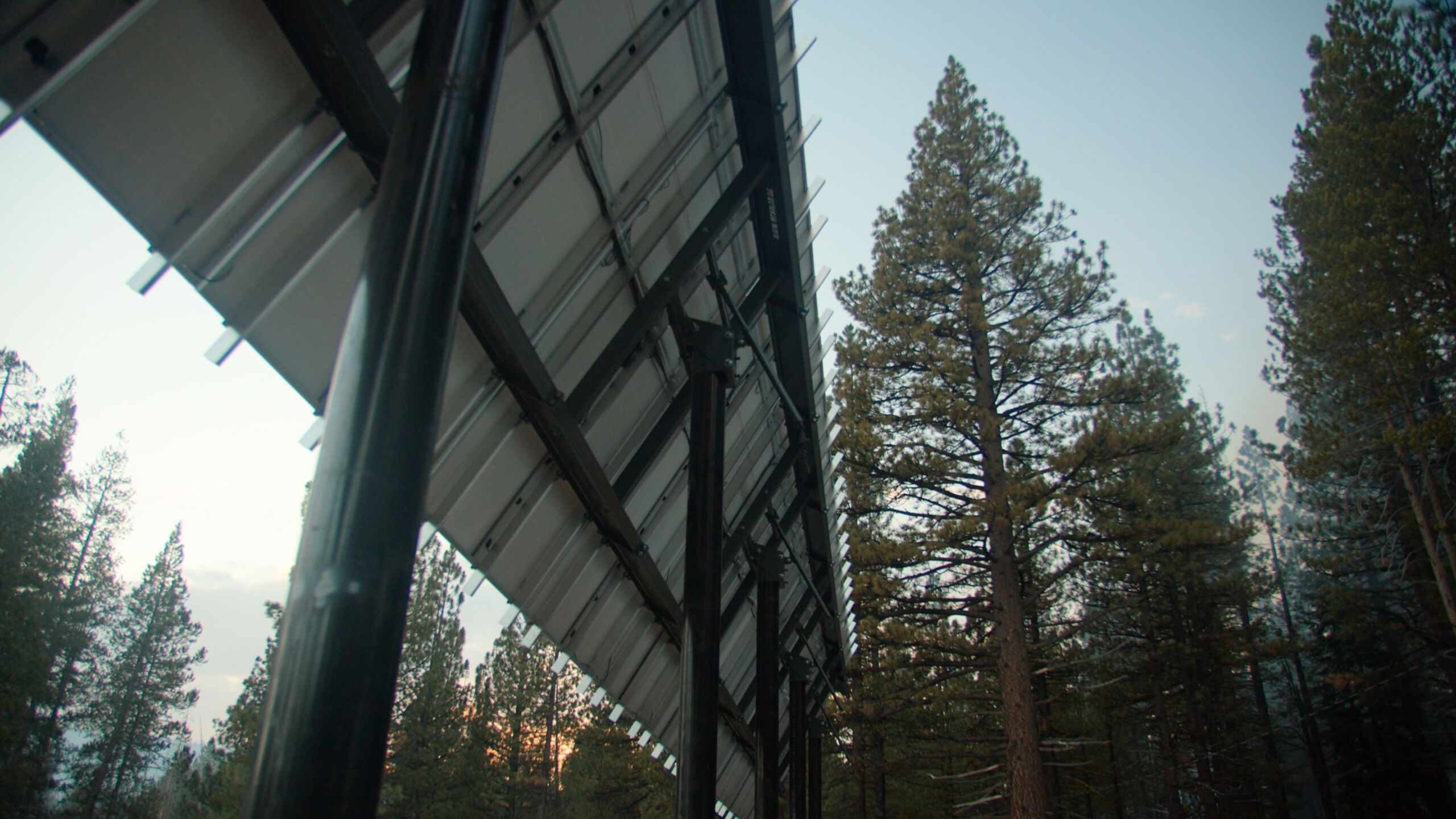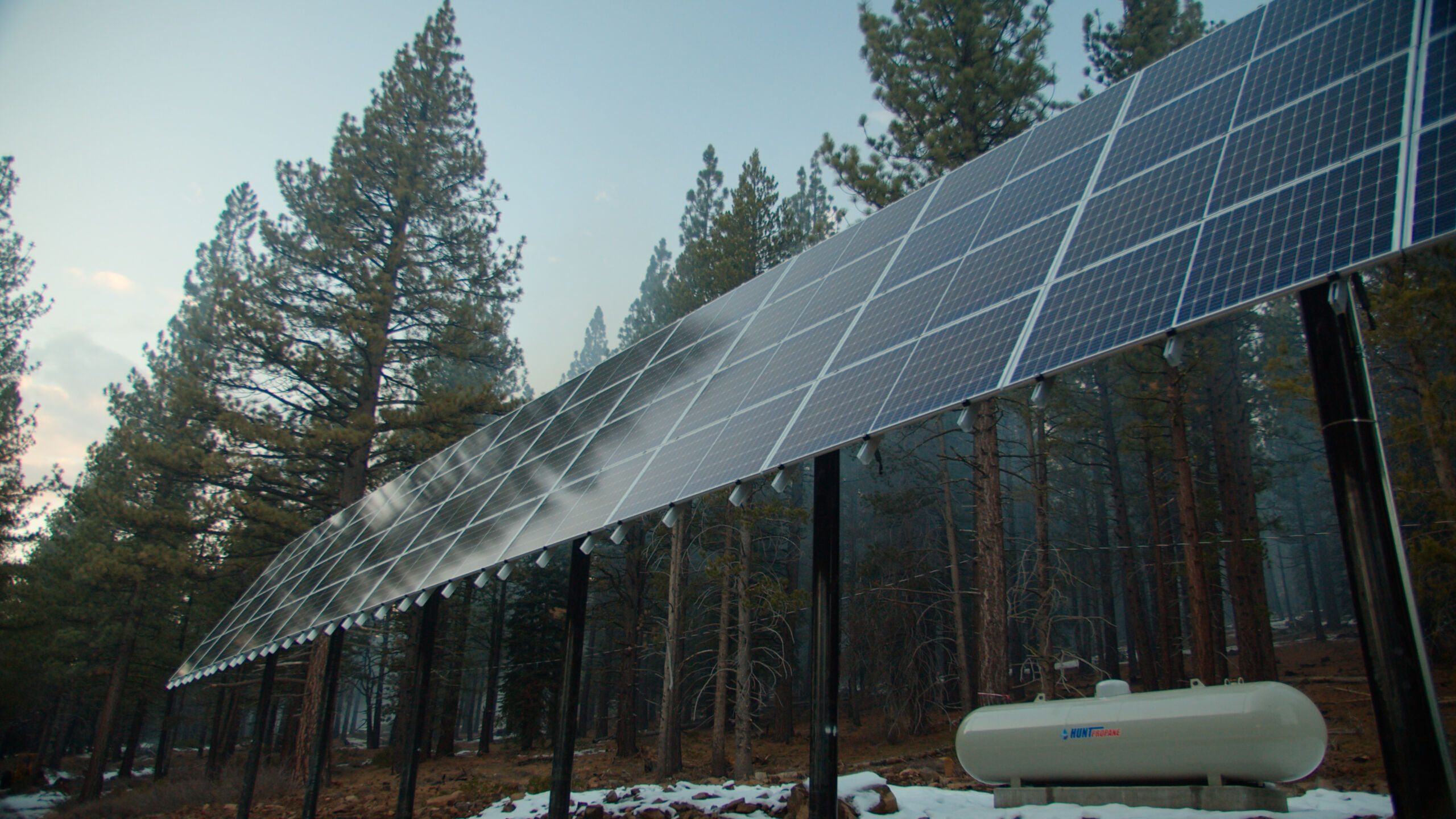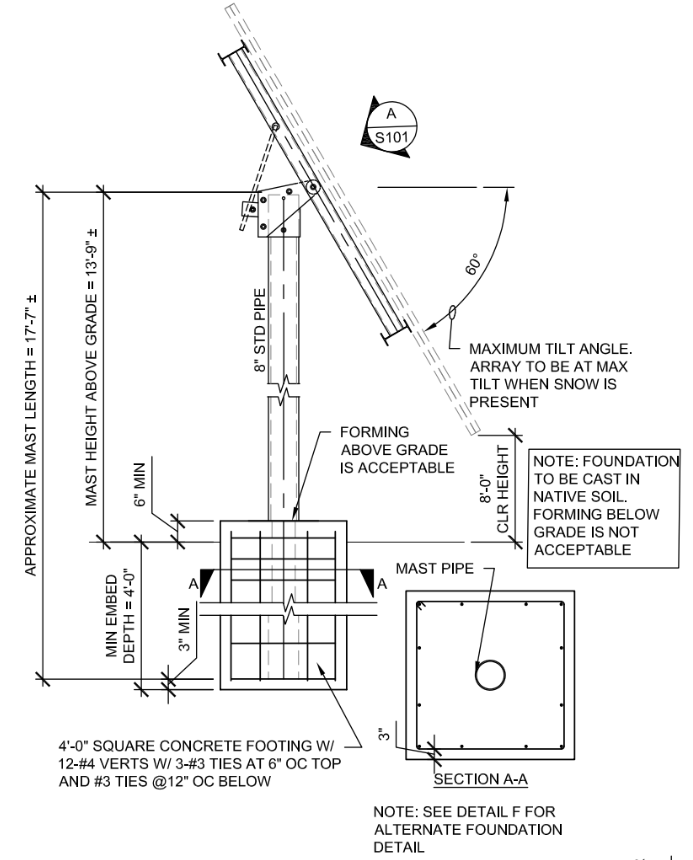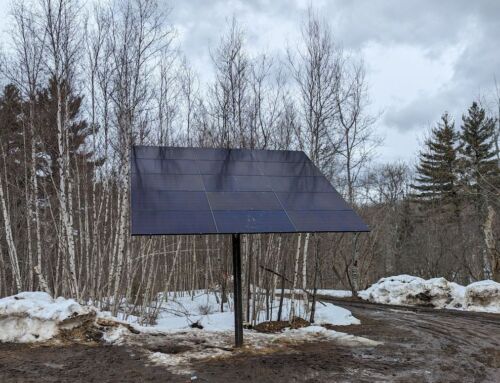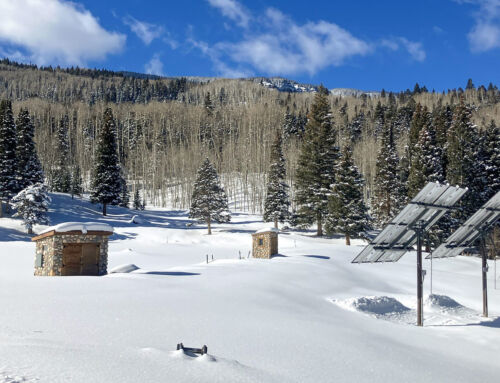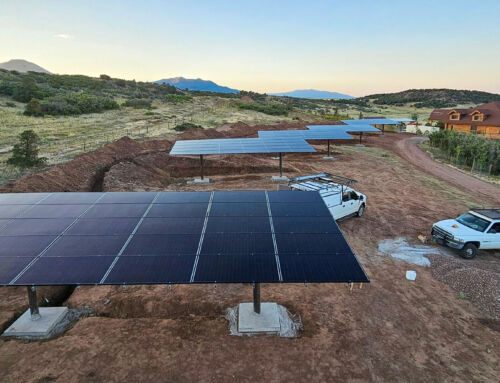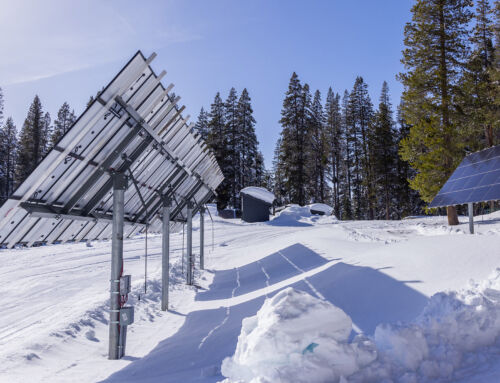California utility services provider, Liberty Utilities, has prioritized more sustainable operations and stronger wildfire prevention. Grid hardening is a part of those efforts. It includes the addition of insulated conductors and more rigorous brush and tree cleaning near transmission and distribution lines.
Grid hardening can help reduce the likelihood of brush fires during dry periods and high-wind events, but implementing and maintaining it can be costly and labor-intensive, especially in remote and heavily forested regions. These areas make up significant parts of Liberty Utilities’ service region. The University of California, Berkeley’s Sagehen Creek Field Station is a prime example.
Safer, Stronger Power for a Sierra Nevada Field Station

Sagehen Creek Field Station is located high in the Sierra's, where grid hardening is exceptionally challenging.
Located in the Tahoe National Forest, 6,390 feet up into the Sierra Nevada Mountains, the Sagehen Creek Field Station is a hub in a vast network of environmental monitoring facilities. It’s also a UC Berkeley research and teaching resource, which enables students to study in a densely forested part of Truckee, CA. The station is equipped with laboratories, indoor and outdoor classrooms, cabins, and communal areas.
These amenities are optimal for accommodating many types of visitors and research goals, but they also carry considerable power demands. Meeting those demands during fire season is risky, which along with full renewable energy goals, led Liberty Utilities and UC Berkeley to seek a more resilient, sustainable, and easier-to-maintain energy solution.
Hybrid Solar With Selective Off-Grid Options
In 2020, BoxPower Inc. was selected to design and implement that solution. After Liberty Utilities chose its submission following a competitive request for proposal, the microgrid designer and systems installer went to work on a hybrid solar, battery, and generator system with an advanced control feature.
Conventionally, microgrids are designed for either fully off-grid or grid-tied systems, but BoxPower’s islandable approach would allow Sagehen Creek Field Station to switch between fully off-grid operations during the region’s six-month fire season and a grid-tied connection when danger of wildfires are low. To cover the monitoring, control, and data acquisition needed for this dynamic system, BoxPower partnered with microgrid controls company, New Sun Road.
Designing and Installing a Solar System for Fire Season
Covering the field station’s seasonal power requirements was just one aspect of the project. The system needed to endure the Sierra’s environmental challenges without significant year-round maintenance demands. That’s no minor consideration in such a remote and rugged region, where snow storms between November and April can drop eight feet of snow in an average season. The solar racking and the housing for the station’s battery storage, site controller, and generator had to be up for the tough job of enduring all of the Sierra’s weather extremes.
The need for adjustable, elevated solar racking with a snow load capacity of 375 lbs PSF, and with enough strength to support 48 modules, lead to BoxPower and Liberty Utilities to MT Solar. A six-pole solar mount was designed and installed along a small slope, a short distance from BoxPower’s climate-controlled, 20-foot SolarContainer microgrid system.
Wildfire Prevention Plus Heavy Snow and Wind Resistance
The mount’s adjustable tilt maximizes productivity even at the shady, heavily forested site. It also sheds snow, leaves, and debris before they can build up on modules. The steel poles and concrete embedded foundations keep the mount sturdy in all conditions. The mount’s Tamarack rails contribute to the system’s resilience by keeping modules secure regardless of wind loads, and thanks to built-in wire management, prevent wear and fire risks.
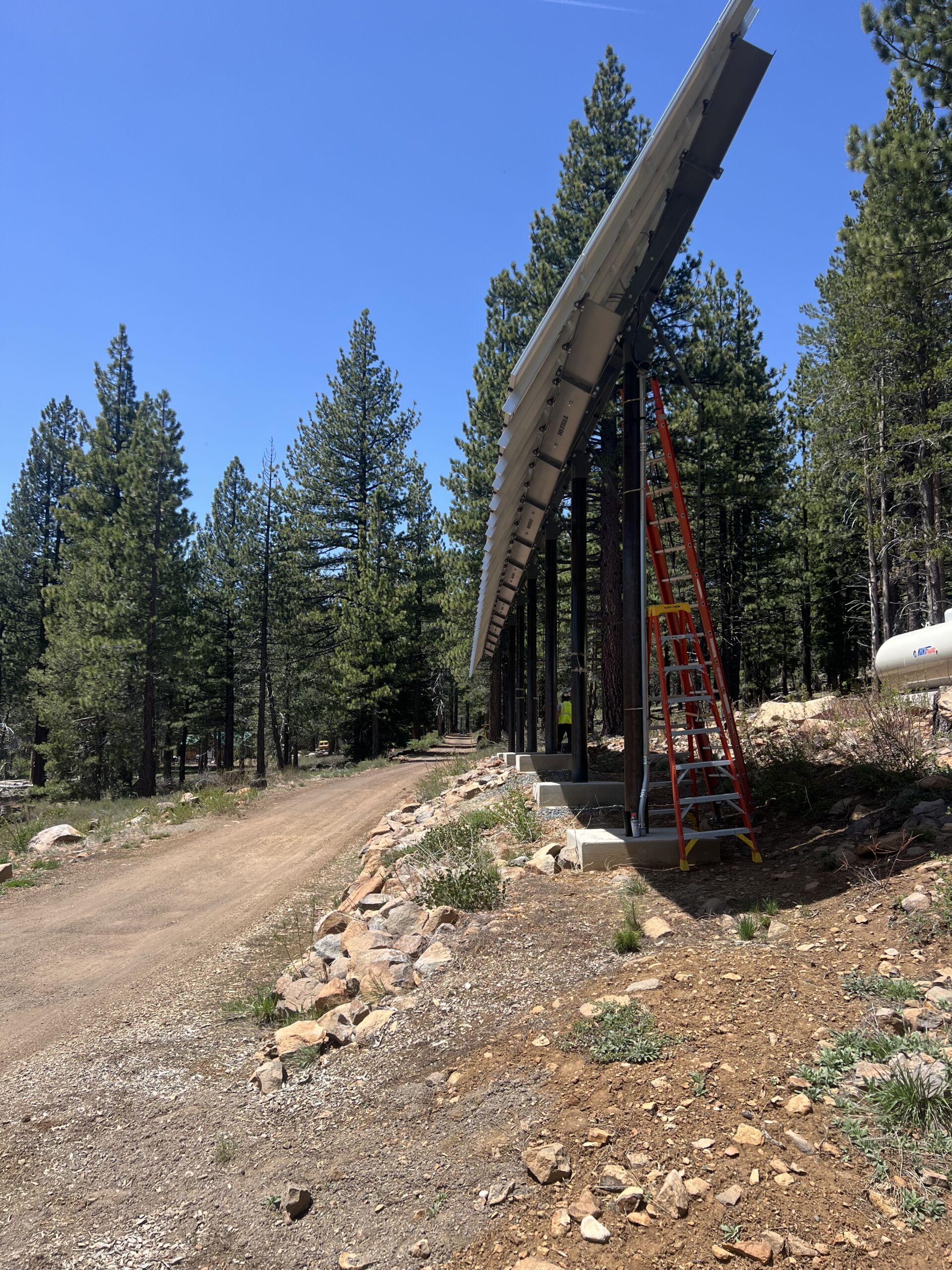
A ground clearance of eight feet keeps the mount and ground fully accessible for maintenance and ensures snow and leaves will slide off the array.
The mount’s 20 kW array is positioned to harness year-round energy and feed the facility’s 68.4 kWh LiFePO4 battery storage. The system also includes a 14 kW bi-directional inverter, site controller, and a 35 kW prime-power propane generator, which will accommodate the station’s power requirements from June to December.
Racking Design for the High Sierra
| Array Specifications | |
|---|---|
| System Size | 20kW – 52 modules @ 395 watts |
| Array Configuration | 4 rows x 13 columns |
| Ground Clearance | 8 feet |
| Snow Load | 375 PSF |
| Wind Load | 110 MPH |
| Tilt | Seasonally adjustable for optimized production |
| Foundation | 4 Foot Square, 4.3 Feet Deep, Concrete Embedded |
A Solar Mount and Microgrid Model Worth Replicating
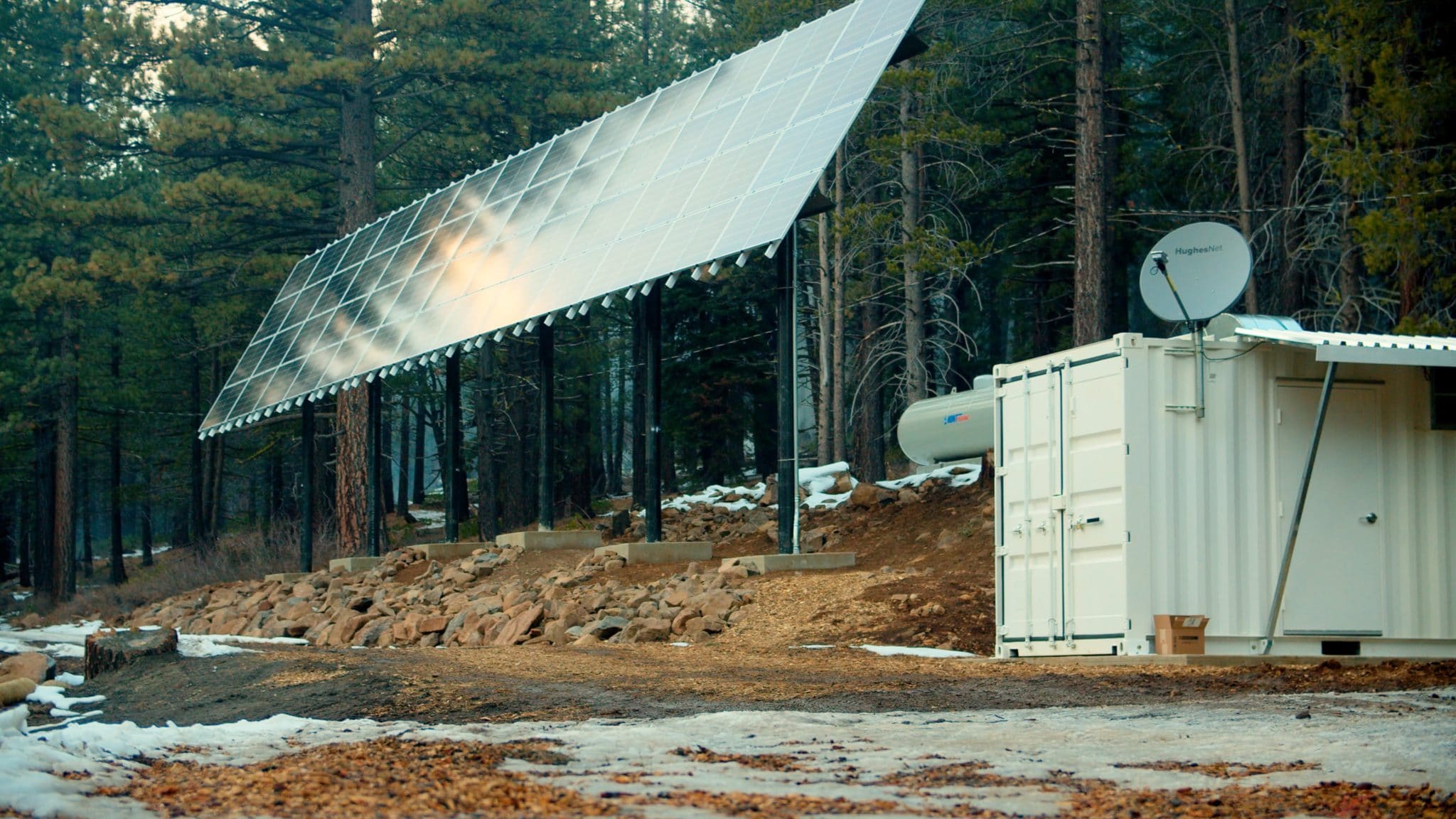
Simple and sturdy concrete embedded foundations adapt to the terrain and keep the large mount secure.
Now with the installation complete and up and running, Sagehen Creek Field Station is that much more resilient to the region’s extremes. Beyond sustainably meeting the station’s power requirements, Liberty Utilities has a proven model for reducing costs and improving grid resistance. Covering the station’s four miles and 90 poles with an islandable microgrid has saved $3 million in grid hardening expenses, with an expected additional cost reduction of $2 million to be gained over the system’s lifetime.
Per BoxPower, Sagehen Creek Field Station’s system is worth replicating in other vulnerable regions, particularly as the company aims to advance a tougher, decarbonized energy infrastructure throughout the United States.

